
Exploring Peru’s Protected Natural Areas (PNAs) is a unique experience that connects you with the country’s biodiversity, culture, and most impressive landscapes. To ensure your visit is safe and responsible, SERNANP offers you a list of authorized operators who guarantee quality services, respecting conservation standards and the natural environment.
Whether you are looking for adventure, nature, or culture, authorized operators ensure an unforgettable visit while contributing to the preservation of the PNAs.
Discover them by clicking here.
Protected Natural Areas (ANP) are terrestrial or marine spaces legally recognized by the Peruvian State, for their importance of biodiversity conservation and their contribution to the sustainable development of the country.
The PNAs, of national administration, managed by Sernanp, have two statuses: those established with definitive status (classified into nine categories) and with transitory status, which are the Reserved Zones.
In addition, there are Regional Conservation Areas (managed by regional governments) and Private Conservation Areas (managed by private property owners).
These three are integrated in Sistema Nacional de Áreas Naturales Protegidas por el Estado (National System of Protected Natural Areas by the State) – SINANPE.
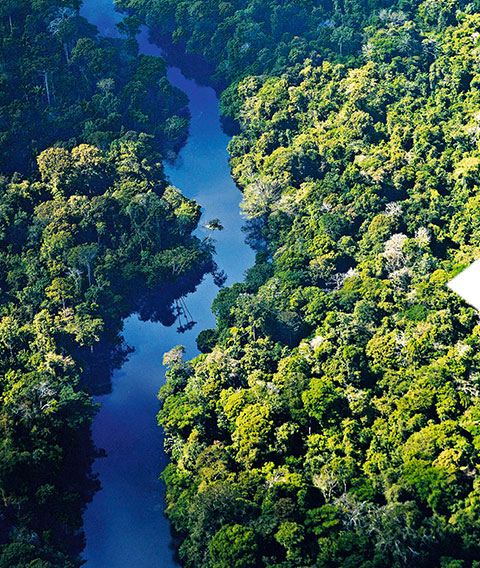
and a valuable summary of that biodiversity can be found in our 76 Protected Natural Areas.
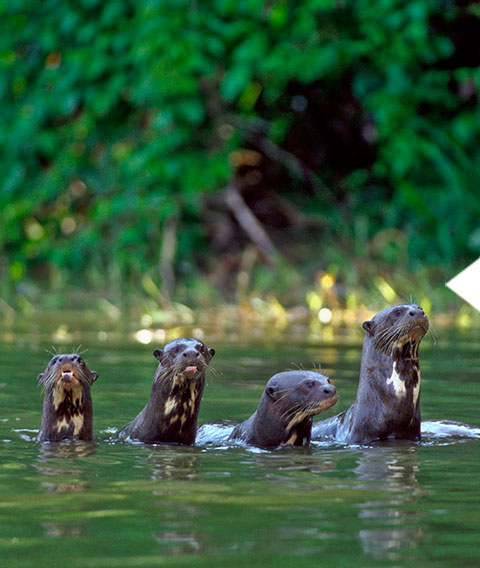
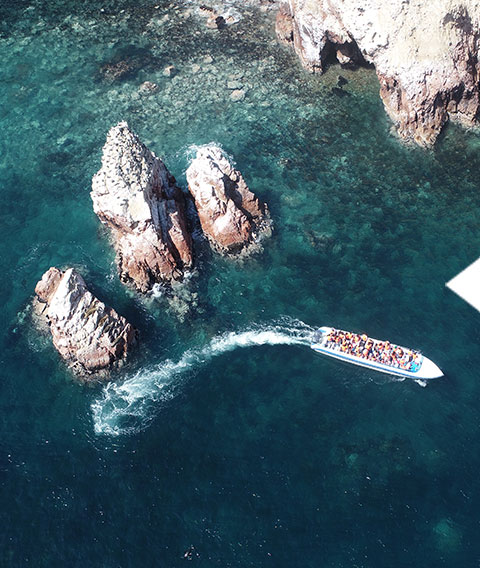
of Peruvian territory are conserved by Protected Natural Areas.
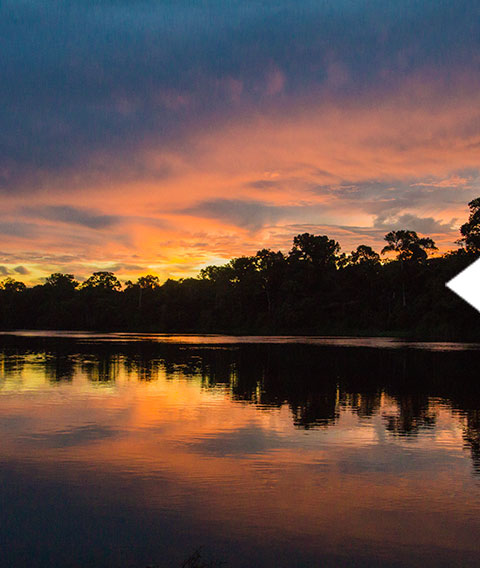
is a Protected Natural Area.
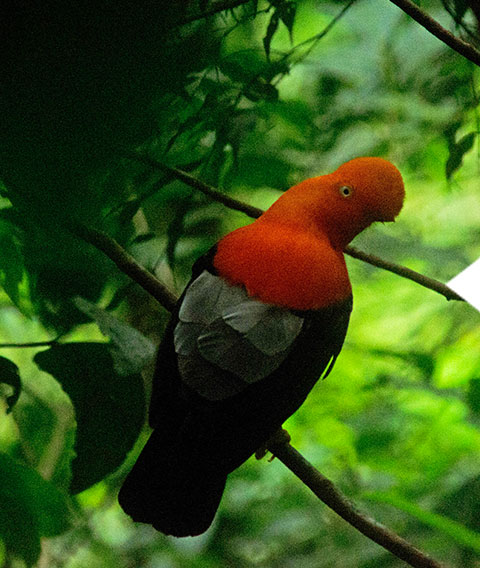
good conservation status.
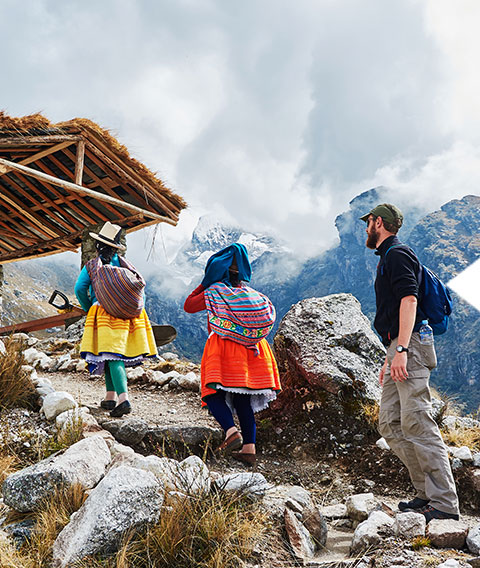
made up of the PNAs: Northwest Amotapes-Manglares, Manu, Huascarán, Oxapampa-Asháninka-Yánesha, Gran Pajatén, Bosques de Neblina-Selva Central and Avireri Vraem.
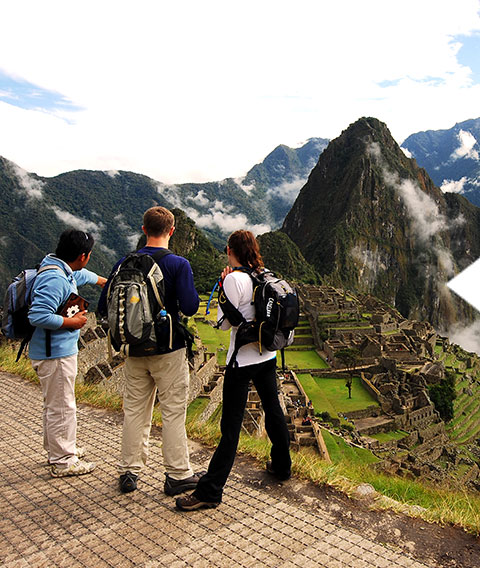
as Natural and Cultural Heritage: Huascarán National Park, Río Abiseo National Park, Manu National Park and Historic Sanctuary of Machu Picchu.
For more information about the PNA, enter here
PNA Official List, enter here
Mapa de las ANP, enter here
The National Service of Protected Natural Areas by the State (Servicio Nacional de Áreas Naturales Protegidas por el Estado-Sernanp) is a body attached to the Ministry of the Environment in charge of the conservation of Protected Natural Areas (PNA), their biological diversity and the maintenance of their environmental services.
Our goal is to conserve the vast biodiversity of Peru, as well as to bring the ANPs closer to the population to make it possible for all Peruvians to take advantage of the resources that they provide us in a responsible way. In this way, we contribute to the conservation of our natural heritage and the sustainable development of the national economy.
Sernanp is the governing body of the National System of Protected Natural Areas by the State – SINANPE. Manages 76 PNAs of national administration.
For more information about Sernanp, enter here
Did you know that the presence of a Protected Natural Area increases visits by 33% compared to areas where there are none?
Our Protected Natural Areas (ANP) are unique spaces, full of magical landscapes, nature and biodiversity that connect you, therefore, they represent the main tourist destinations in the country.
Visiting them and practicing responsible tourism makes you live an unbeatable experience and directly involves you in the conservation of its biodiversity and the ecosystem services that it provides to all of Peru, such as the water we drink, the air we breathe, the food we consume and much more.
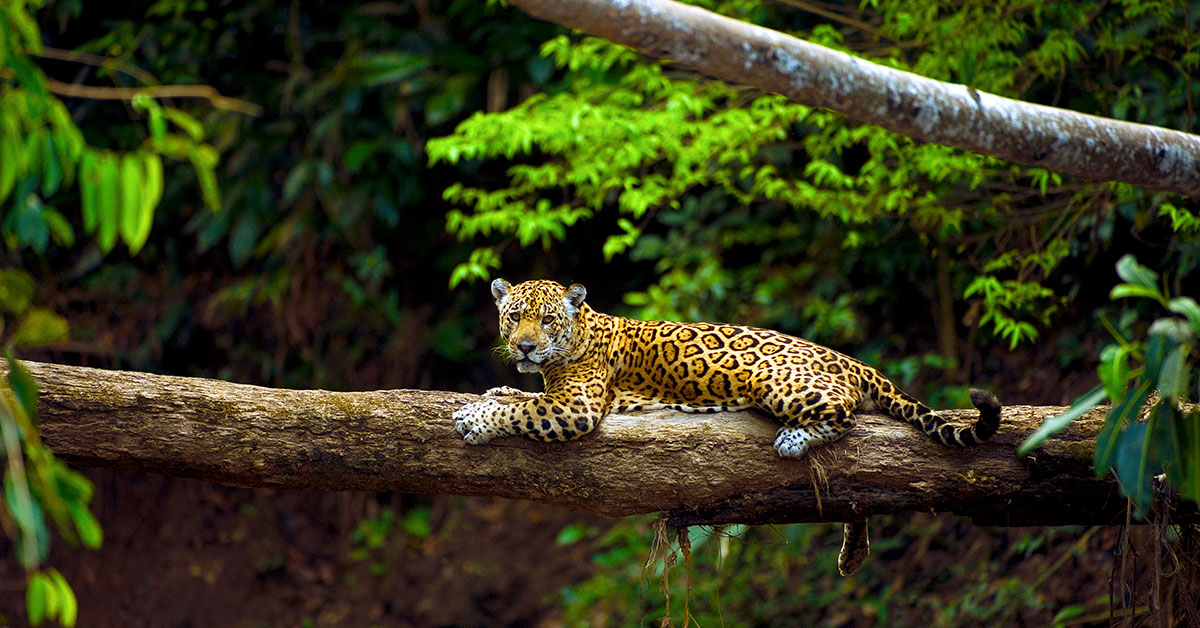
We can all be part of a sustainable tourism that contributes to the conservation of our national and world natural heritage.
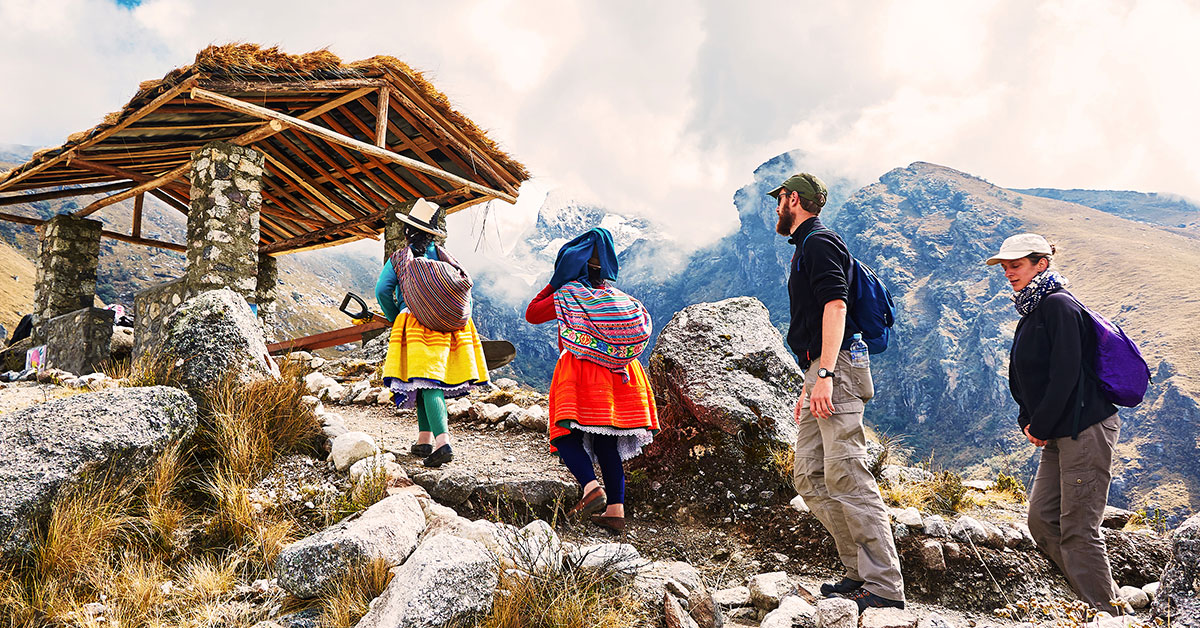
Learn about our strategic objectives to achieve sustainable tourism in the PNAs:
Enter here if you want to know more about this information
were received in protected areas during 2019 (prior to Covid-19), making a sustained visible growth of 16% per year since 2009, generating development poles in relation to tourism in natural areas.
were generated as a local economic impact of tourism in the PNAs during 2017.
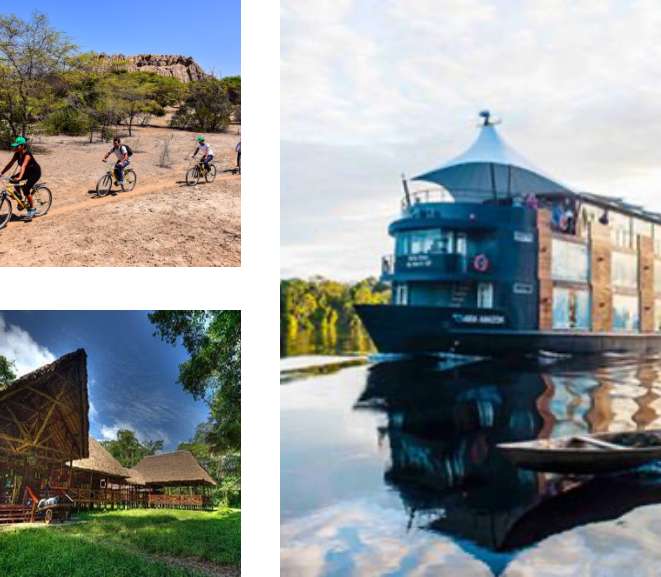
The PNAs are home to important natural and cultural resources and attractions with high potential for nature and adventure tourism. Sernanp promotes the development of sustainable and responsible tourism that contributes to the conservation of PNAs.
In this way, the provision of tourism services within Natural Protected Areas can be carried out through five types of rights: concessions, tourism service contracts, authorizations and permits, or as an economic alternative for local populations through agreements.
Tourism service providers take advantage of the natural resource landscape of the NPAs and therefore make an economic contribution to the State, thus contributing to the conservation of the NPAs and generating an economic impact around them.
If you are a local tourism company or enterprise and you are interested in operating within the PNAs, we invite you to learn about the five modalities for granting the right to provide tourist services within a PNA, and from which you can choose:
| Modalities | Term | Requirements |
|---|---|---|
| Concessions | Up to 40 years |
|
| Contracts | Up to 10 years |
|
| Permits | Up to 15 days |
|
| Authorizations | Project period |
|
| Agreements | Up to 2 years |
|